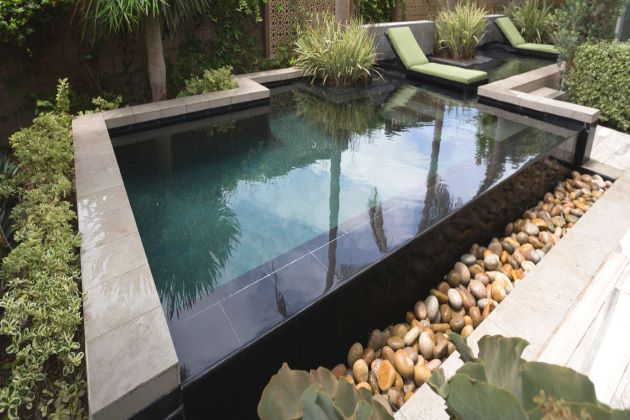With power outages occurring from coast-to-coast for various reasons, many pool owners are finding themselves with questions like: “What are the risks to my pool during a power loss? How can I keep my pool safe? How do I ‘restart’ my pool once power is restored?” These questions are totally understandable and completely reasonable!
WHAT ARE THE RISKS TO MY POOL DURING A POWER LOSS?
Because pools rely on electrical-powered equipment to remain in optimal health, without power a pool’s recirculation and purification systems cannot properly filter and clean the pool water. As a result, conditions such as cloudy water, inadequate sanitizer levels and high levels of bacteria can occur during a power outage.
If your power is out for an extended time or your equipment isn’t reset after a power loss, you are most at risk for ending up with poor water quality. If you take action during and after a power loss to maintain your pool and equipment you’re less likely to experience these issues.
HOW CAN I KEEP MY POOL SAFE IN A POWER LOSS?
During the power outage you should evacuate the swimmers and then close your pool. This is for their safety, especially if it is dark outside, stormy or an indoor pool. If it is dark outside or your pool is indoors, you may want to find a way to illuminate it to remind others that it’s there. One easy way to do this is to either toss in illuminated glow sticks around the perimeter of the pool or add an illuminated glow stick to a blown-up balloon, then float it on the surface of the pool.
Next, when it is safe to do so, turn off the breaker to your pool equipment. This will protect your equipment from any surges that may occur on the line when power is restored.
HOW DO I ‘RESTART’ MY POOL ONCE POWER IS RESTORED?
Now that the power has been restored, go ahead and turn the breaker back on to your pool equipment. Next, if your pump has lost its prime, you will need to prime it by following these steps. Once your pump is primed, circulate the water for at least one turnover period to make sure any potentially contaminated pool water is filtered out.
After your filtration period, check the water chemistry and rebalance it as needed. Depending on how long the power was out, you may need to super-chlorinate your pool to at least 10 ppm free chlorine to ensure all bacteria and unwanted organisms that developed during the power loss have been eliminated. You will likely want to use your automatic pool cleaner to clean the walls and floor of the pool as well.
Finally, check all of your equipment to make sure they are working properly. Reset any timers for your pumps, lights, heater, filter, robotic pool cleaner, and automation systems to keep your pool on schedule.
No matter where you live, it’s important to be prepared for the unexpected—including power outages. Now head outside and enjoy your pool!
Source: Pentair




